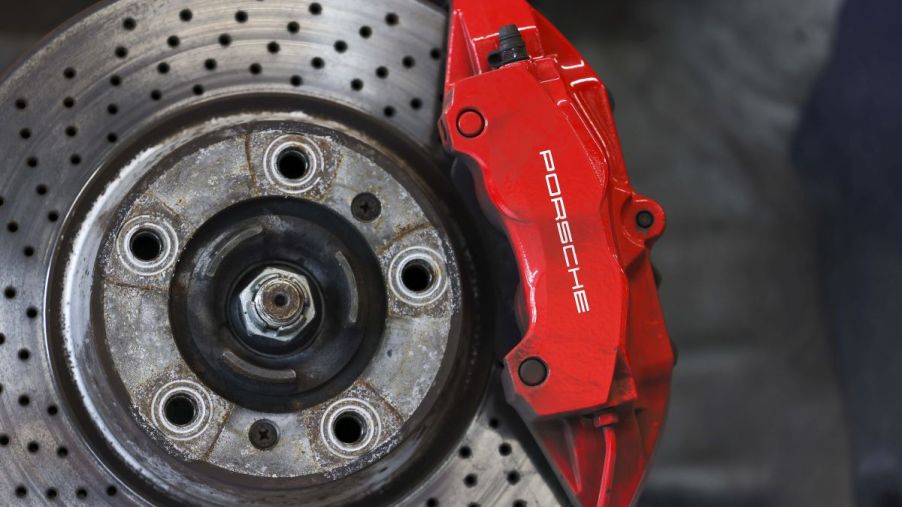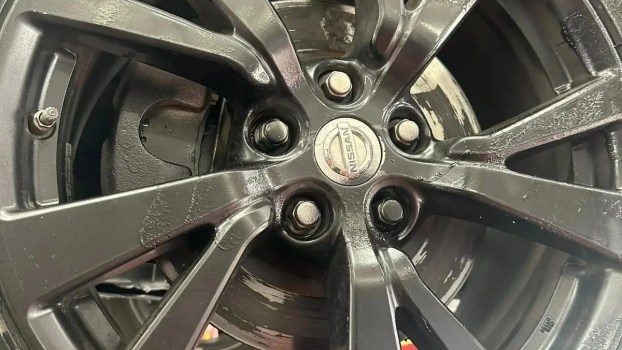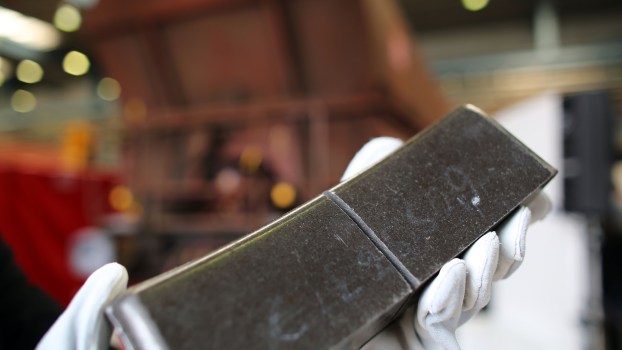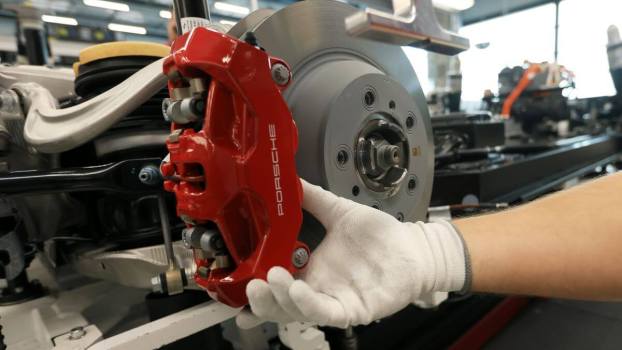
Are the Marks on Your Brake Rotors a Bad Sign?
Of all the regular maintenance items your car or truck requires, brakes are perhaps the most vital non-engine component, especially now that so many cars come with automatic emergency braking. Many owners know to regularly inspect and change their brake pads. However, it’s also important to pay attention to your brake rotors. After all, the best pads in the world are useless without a rotor to grip.
So, are your brake rotors due for replacement? Upon an inspection, you might see one of your rotors marked with spots and panic. However, that’s not always a sign of trouble.
Signs your brake rotor needs to be replaced
Do you feel a pulse when you step on the brake pedal, almost like the ABS is kicking in? According to NADA Guides, that’s a sign your brake rotors may be warped and should be replaced. It Still Runs explains that the pulse you feel comes from the rotor unevenly striking the brake pads. This causes vibrations to spread through the brake fluid, which spreads into the brake pedal. As for the warping of the rotors, this usually comes to pass due to excessive heat.
However, while this vibration is perhaps the clearest sign of brake rotor issues, other symptoms exist. These pulses can also spread into the suspension and, ultimately, into the steering wheel. Additionally, although brake pads can and do fail in extreme conditions, premature failure can signal warped rotors. Also, although some brake squeal is normal, especially if you fit full-metallic brake pads, excessive noise can indicate problems.
There’s also one other way to check if your brake rotors need to be replaced, according to Autoblog. That’s to take the wheel off and get a good look at it, preferably with a ruler nearby. As Your Mechanic and Car and Driver explain, brake rotors are eventually worn down. Once they get too thin, it’s time for a replacement. However, if the rotors have severe scratching and scarring, or there’s a noticeably raised outer lip on the rotors, that’s a symptom of warping.
However, sometimes you do want marks on your brake rotors.
Rotor marks from bedding in brake pads
Scratches and marks on the rotor are inevitable; they come from the pad making contact with the rotor. And, as r/MechanicalAdvice sub-Reddit user u/OfficialSpiderPig discovered recently, not all rotor marks are warning signs.
u/OfficialSpiderPig asked the subreddit about some black marks on their motorcycle’s rotors. The user had just installed new brake pads and was worried something had gone wrong. However, other r/MechanicalAdvice users assured the owner that this was just a sign that the bike’s brakes were bedding in.
As Brake Performance and Tire Rack explain, when you fit new brake pads and rotors, you need to bed the pads in properly. This involves repeated high-speed stops, followed by a cooling-off period, to coat the rotors with a layer of pad material. This, Kal Tire explains, provides a smoother braking surface, removes impurities from the pad surface, and helps prevent excessive rotor scarring. It usually manifests as black marks, like the ones the Reddit user saw.
Bedding in is required by every pad and rotor manufacturer, from high-end to low-end. However, when it comes time to fit new rotors, do you need to go top-shelf to get the best performance?
Are more expensive brake rotors better?
Brake rotor upgrade kits often feature rotors’ pre-marked’, so to speak, with drilled holes, slots, and/or vents. Each has a specific function. Vents move heat away, slots make way for debris and give pads a better braking surface, and holes prevent stress failures in racing. However, does buying more expensive brake rotors actually help you stop faster? Not necessarily.
Donut Media on YouTube upgraded two Nissan 350Zs with different braking kits: one got a $450 kit, while the other received a $4,500 kit. The latter did have a larger rotor with higher-performance brake pads. However, over repeated 60-0 mph brake tests, both kits only cut a few feet from the stock car’s braking distance. The biggest difference between the brake kits was in resisting fade from heat buildup. Even after they started smoking, the $4500 brakes were consistent. The $450 brakes, though, not only got worse, they actually caught fire. However, most brake pads aren’t expected to withstand these high-stress conditions.
So, if you need to replace your warped rotors, going expensive probably won’t give you the result you want.





